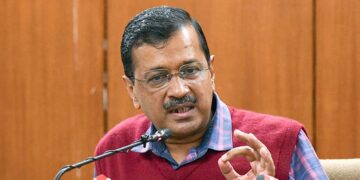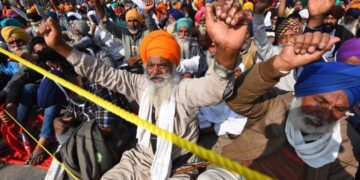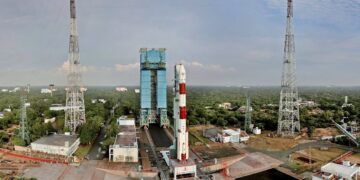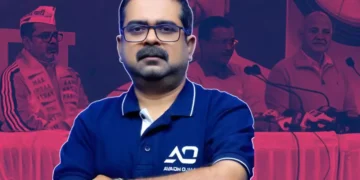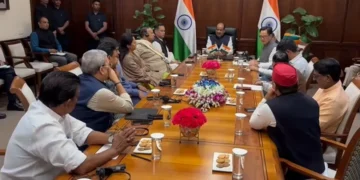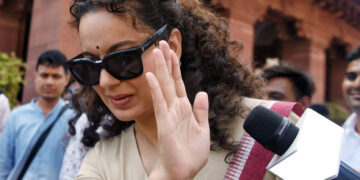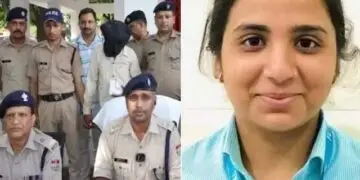The case is being heard by a nine-judge bench led by Chief Justice of India DY Chandrachud. A total of 16 petitions are before the court
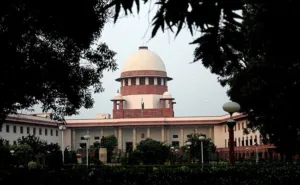
New Delhi:
A nine-judge bench of the Supreme Court, led by Chief Justice of India DY Chandrachud, is looking into a three-decade-old case to decide whether privately-owned property can be considered “material resources of the community” and taken over by the State. A frenetic election season and the BJP’s allegations regarding the Congress manifesto has put the spotlight on the legal battle.
Table of Contents
ToggleHere is the look at the many aspects of this big case:
Prime Minister Narendra Modi recently alleged that the Congress has suggested in its manifesto that if the Opposition party comes to power in the ongoing Lok Sabha polls, it would take away private property, including houses, gold and vehicles, as part of a wealth redistribution plan.
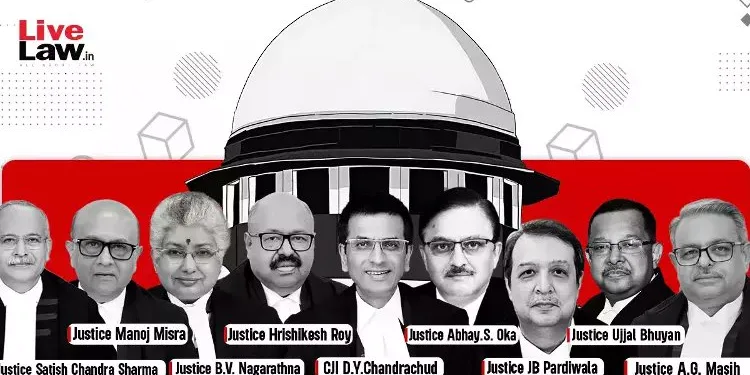
#SupremeCourt 9-judge bench to commence hearing on the issue whether private property can be brought under “material resources of the community” which the State is called upon to distribute equally as per Article 39(b) of the Constitution.
https://x.com/LiveLawIndia/status/1782634569872687174
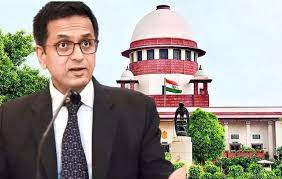
A bench headed by chief justice of India (CJI) Dhananjaya Y Chandrachud said that Article 39(b) has been crafted with certain constitutional ethos intended to bring about social transformation, and to say that the moment the property is private Article 39(b) ends and has no application, will be “dangerous”.
The court was deciding this issue in a batch of cases from Maharashtra where property owners of Mumbai opposed the introduction of Chapter VIII-A to the Maharashtra Housing and Area Development Act (MHADA) in 1986 by which the State could acquire cessed properties constructed prior to September 1, 1940 which were now in dilapidated condition. The state relied on Article 39(b) and cited common good and public interest to justify its action. However, the owners disputed claiming material resources of community cannot include private property.
New Delhi Property held in private hands cannot be said to be outside the State’s control in the interest of sustainable development and intergenerational equity, a nine-judge Constitution bench of the Supreme Court observed on Wednesday, while examining a legal question whether the State can exercise control over privately held property or resources under the term “material resources of the community” in Article 39(b) of the Constitution.
The court said property held in private hands cannot be said to be outside state’s control in interest of sustainable development and intergenerational equity.
The Case And Its History
The case before the Supreme Court’s nine-judge bench dates back to 1986 when the Maharashtra government tweaked the Maharashtra Housing and Area Development Act, 1976 (MHADA). This allowed the Mumbai Building Repair and Reconstruction Board to acquire certain “cessed properties” for restoration purposes with the consent of 70 per cent of the residents. The amendment cited Article 39(b) of the Constitution that says “the ownership and control of the material resources of the community are so distributed as best to sub serve the common good”.
The POA and other petitioners moved the Supreme Court. Their petition was linked with Shivram Ramayya Yerala v State of Maharashtra and Pramila Chintamani Mohandas of Bombay, Indian Inhabitant v State of Maharashtra, which are among the oldest pending cases in the Supreme Court. The Supreme Court bench referred it to the five-judge Constitution bench, which referred it to a seven judge bench.
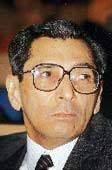
In 2002, the seven-judge bench led by then Chief Justice SP Bharucha referred the matter to a nine-judge bench.
The Critical Question
The key issue before the court concerns two provisions in the Constitution – Article 31c and Article 39(b). These are related to the Directive Principles of State Policy. The principles are not justiciable — meaning they are not subject to trial in a court — but are fundamental in the governance of the country. The Constitution says it shall be the duty of the State to apply these principles in making laws.
Article 39(b) says ownership and control of the material resources of the community are so distributed as best to subserve the common good. Article 31(c) protects laws giving effect to certain directive principles. This effectively means that no law enacted by the state under directive principles shall be deemed to be void on the ground that it is inconsistent with Article 14 and Article 19 of the Constitution that deal with fundamental rights, including the freedom of expression and the right to protest.
The Key Observations
Hearing the matter yesterday, the Chief Justice made some key observations. “If you look at the capitalist concept of property, it attributes a sense of exclusiveness to the property. This is my pen, exclusively mine,” he said. “The socialistic concept of property is the mirror image, which attributes to property a notion of commonality. Nothing is exclusive to the individual, all property is common to the community. That is (an) extreme socialistic view.”
India’s directive principles of state policy, he said, are in line with Gandhian ethos and ideology. “What is that ethos? Our ethos regards property that is held in trust. We don’t go as far as to adopt a socialistic model that there is no private property at all, of course, there is private property.”
“Our concept of property has undergone a very different, a very subtle change – from either the extreme capitalist perspective or the extreme socialist perspective. We regard property as something we hold in trust. We hold a property in trust for the succeeding generations in the family, but broadly we also hold the property in trust for the wider community, that’s the whole concept of sustainable development – that’s what we call intergenerational equity,” he said.
It, however, stressed that whether the Maharashtra law empowered authorities to take over dilapidated buildings was a different issue and would be decided independently.
The Chief Justice also referred to the abolition of the ‘zamindari’ system. “You must understand that Article 39 (b) has been crafted in a certain way in the Constitution because the Constitution was intended to bring about a social transformation. We shouldn’t therefore go that far to say that the moment private property is private property, the Article 39 (b) will have no application,” he said.
Lorem ipsum dolor sit amet, consectetur adipiscing elit. Ut elit tellus, luctus nec ullamcorper mattis, pulvinar dapibus leo.

